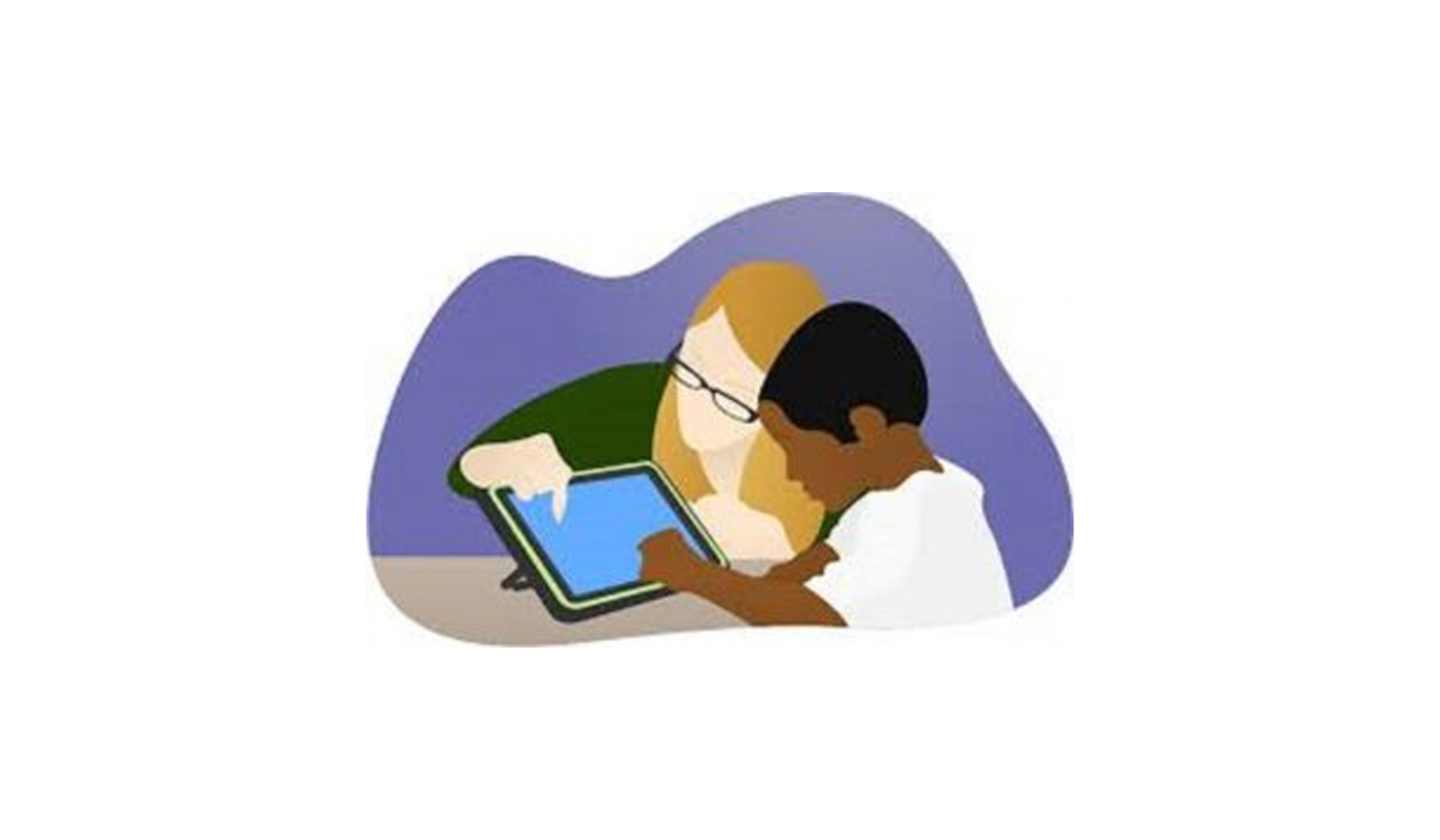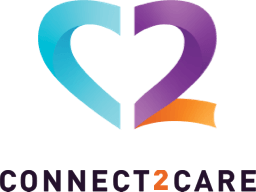If a person does not have any verbal speech, how will they let us know what they’re thinking? Augmentative and alternative communication (AAC) is a very powerful system in communication, yet puzzled by many because of its complexity and how different it looks compared to the communication that we know of – verbal speech. ‘Augmentative’ communication suggests adding or using something to supplement someone’s current communication system. This includes ways such as using signs alongside speech and using pictures or letter boards. ‘Alternative’ communication suggests using a different way to communicate (or to ‘speak’) if someone is non-verbal or if someone’s speech is not understood by other people.
These aids and devices can be used for people with a congenital neurological conditions, such as those with autism spectrum disorder, down syndrome and cerebral palsy. Moreover, they can be used for people who have suffered an acquired brain injury where they have lost their language function or have deteriorated, such as stroke patients, brain cancer patients and patients with traumatic brain injury. These devices can be a temporary therapeutic tool, but in most cases, speech pathologists have to train the user and their support network to use and familiarise themselves with the system that they are using, as it becomes their ‘voice’. By using AAC aids and devices, it allows individuals to express their thoughts and ideas successfully and to be understood by others.











